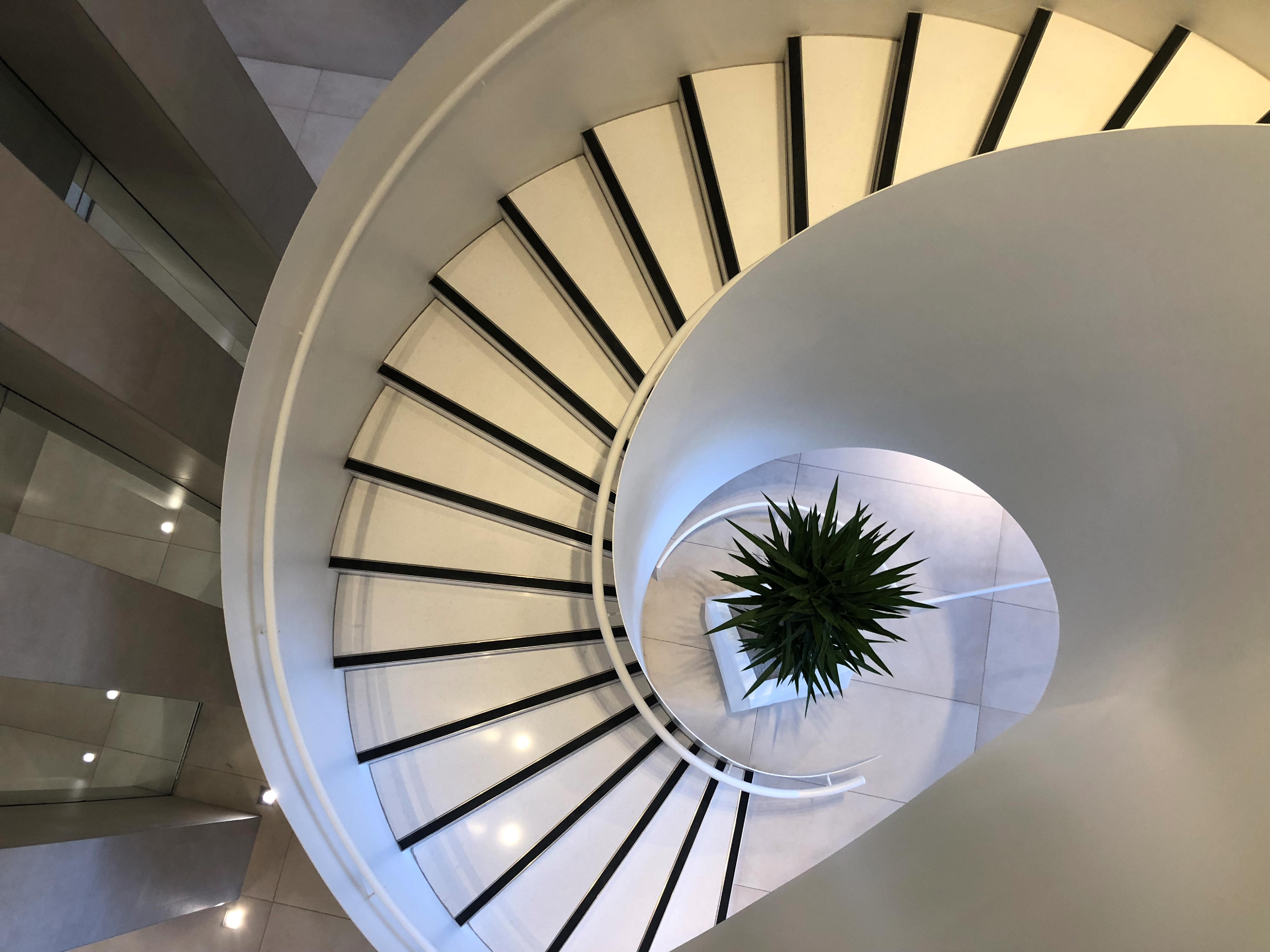Toronto's Best Florist | Plant life and Floral design | Same day Flower Delivery



Choosing the right plant for your home or office space can help not only promote a sense of peace and happiness, but also help remove the toxins in the air....something to consider as we huddle down for winter in Toronto and keep our windows and doors closed to the outside cold or turn up the air-conditioning in the summer. In searching for a plant that suits us, we must not only consider what speaks to us in terms of esthetic and design, but we must also be realistic as to what actually works in our space in terms of light and air conditions.
Do you want a palm plant, but the only ideal location in your home is near an air vent or doorway? Well then consider this, the plant's leaf tips of your palm will always appear burnt. But wait, what about light? Are you placing it in a south facing window? A few feet away? East, West or North? All plants have particular requirements. If you place a plant that is sensitive to direct south facing light, your plant will burn and die out.

What do plants need to grow?
Like humans plants need water, and nutrients (received through the soil and fertilizer) to survive. They also need light and air and the right temperature. It is the balance of these that we need to know about when purchasing plants. How much water? Does it need to be more on the dry side or does the soil need to always be moist, or somewhere in between? Too much water and you are drowning the root system and setting in rot, no plant can survive root rot. Left dry for too long the roots shrink up and and eventually break down.
What about nutrients - what type of soil does the plant require. When purchasing a plant once it is in its home it needs to transferred to the appropriate pot and the right soil added. As a general rule plant soil should be changed every twelve to eighteen months for small to medium size planters and a minimum of every two years for larger scale plants or sooner if you have a fast grower. The soil needs to be amended with new soil to allow for proper water and nutrient absorption and air flow around the roots. the same holds if you take your plants outside in the spring/ summer and bring them back in for the winter. Both roots and foliage need room to grow. Without enough room plants will become stunted and start to decline. Overcrowded plants -be it too many leafy plants in a mixed planter or a planter that has been outgrown by the plants - will cause your plants to suffer from diseases as airflow will be limited.

Soil type. Do you know what type of soil you need, is it sandy to allow for water to drain away from the roots while promoting healthy root growth? Is it moisture retaining is it somewhere in between? In between changes of soil how do you replenish the nutrients your plants need. Fertilizing your plant also provides it with the nutrients it requires, this is best done when watering your plants. The most important nutrients plants need for growing are N nitrogen, P Phosphorus and K potassium. Nitrogen for green leaves, phosphorus for strong roots and flowers and potassium to fight of disease. Be careful when fertilizing your plant as too much fertilizer will cause root burn and be harmful.
What do we mean by light conditions? Light is the most important element for your plant. Without adequate light a plant simply cannot produce the food required for its life cycle. Too little light will make plants weak and spindly. High-light plants cannot be forced into lower light areas unless they are supplemented with proper additional artificial lighting. Remember all these plants we bring into our space to grow, naturally are outdoor plants whose natural habitat are compromised from different environments around the world. When we bring them indoors to help them thrive we need to try and mimic what is natural to them.
Below you will find a chart to help you make sense of it all in terms of natural light.
|
West Facing Window |
East Facing Window |
South Facing Window |
North Facing Window |
|
| Bright Light | Up to 4' from window | Up to 4' from window | Up to 6' from window | Not suitable |
| Medium Light | 5' from window | 6' from window | 8' from window | 2' from window |
| Low Light | min of 6' from window | min of 8' from window | min of 14' from window | up to 6' from window |

Fresh, clean air is necessary for a
plant's health. Dirty air caused by smoke, gases and other pollutants is harmful
to plants limiting their ability to take in carbon dioxide from the air for
converting to food (photosynthesis). It can also block out sunlight (ever notice
how plants with dusty leaves look sad) which is necessary for the health of
plant growth.
Another factor that plays a role in
your plant's life is temperature. Most plants prefer cooler nighttime
temperature and warmer daytime, as if it were outdoors. Too hot, sensitive soft
leaf plants will burn as will some varieties of succulents and cactus. Too cold
and of course they will freeze.
Time, don't forget just like a baby it takes time to grow into an adult. Give your plants time. Next time you are looking at plants take a browse at starter plant size to the more mature plants. Most mature plants grown indoors range from fifteen to fourty years old. With proper care a little starter will grow you just have to have the patience.
But if you are purchasing a more mature plant, consider all the care and time that has gone into raising that plant. Make sure you ask the right questions to help it continue to thrive. Once you bring your new plant home and have placed it in its new location leave it to flourish in its spot. Do not start moving your plant from spot to spot, remember it needs to adjust the most important thing you can do now is give it time and the proper amount of water and let it do its thing.
If the
ventilation and/or light is different
you will notice your plant going into a
form of withdrawal until it settles
down. Have patience, but take note
that with each place your plant is moved
to its water intake will be different
and you will have to adjust for
that. It is better to err on the side of
caution and water less than drown your
plant with love. The number one reason
most plants do not survive is over
watering...sometimes too much luv'n is
not a good thing. Keeping these
items in mind you should be able to
enjoy the beauty of having a living
plant in your environment
Summary of tips :
Identify how much light and water the plant needs, and the ideal temperature
Don't fight your space, bringing a plant into less than ideal spaces will dramatically affect your plant, choose plants that suite the environment they will be living in
Remember to give plants the right amount of water. The biggest mistake tends to be drowning your plant with love. Over watering is just as bad as under watering.
Don't forget to feed plants regularly with an appropriate plant food.
Wipe broad, glossy leaves with a damp cloth to keep them clean.
Mist plants that prefer High humidity to avoid leaves drying.
Take time for a chat with your plants - yes that's right and no you are not crazy- by talking to your plants you will be breathing carbon dioxide onto them, which they need to survive. In return, the plants will provide you with oxygen.
A question we are often asked how long will this plant live. Well the answer to that is, with proper care a plant will continue to mature, and be passed on to another generation to benefit from.
